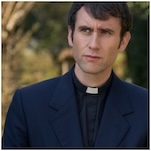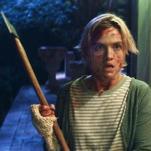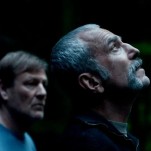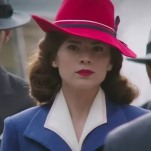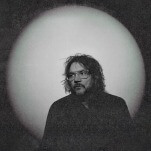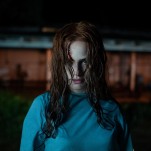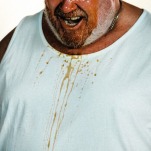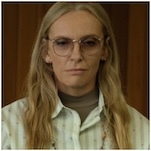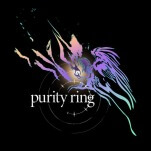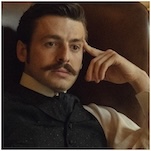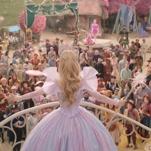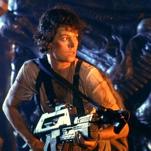The Best Horror Movie of 1958: Horror of Dracula
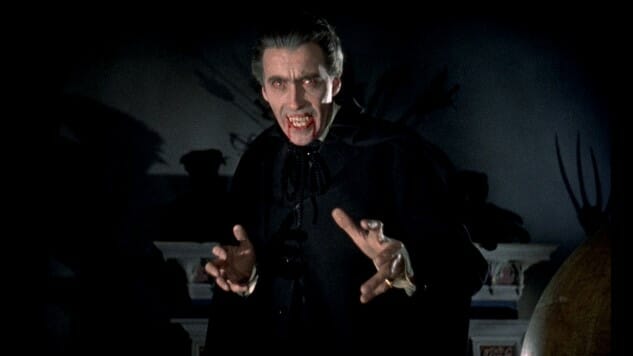
This post is part of Paste’s Century of Terror project, a countdown of the 100 best horror films of the last 100 years, culminating on Halloween. You can see the full list in the master document, which will collect each year’s individual film entry as it is posted.
The Year
After Hammer Film Productions lit the fuse of the gothic horror revival with 1957’s The Curse of Frankenstein, 1958 is the year when the genre really explodes once again, and the new wave of imitators surpasses even the sci-fi horror films of the day, which are still going strong. Keynoted by Terence Fisher’s sumptuous Horror of Dracula, the horror genre has arguably its strongest overall year of the 1950s.
On the sci-fi side of the spectrum, we have a number of classics both major and minor, from the surprisingly gory killer brains of Fiend Without a Face to low budget drive-in cheese fests such as the similarly titled I Married a Monster From Outer Space and It! The Terror From Beyond Space. More influential on the pop cultural consciousness are two films that would both inspire gorier 1980s remakes: The Fly and The Blob.
Of the two, it’s the original version of The Fly that holds up better to modern viewing. Playing essentially like a suspenseful murder mystery with science fiction elements, it reintroduced horror audiences to Vincent Price after 1953’s House of Wax. This would be the launching pad for two decades of consistent horror performances from Price, which would see the actor collaborate heavily with budget-minded horror auteurs such as William Castle and Roger Corman. Here, though, he’s playing his role with considerably less puckishness than he’ll soon be displaying in the likes of House on Haunted Hill or The Tingler.
The year is also home to the first of Hammer’s Frankenstein sequels, The Revenge of Frankenstein, in which Peter Cushing’s doctor is secretly whisked away from the guillotine so he can continue his research in brain transplantation. This time, he actually succeeds at transplanting the brain of his hunchbacked assistant into a new, unblemished body … or so it appears. Complications unsurprisingly ensue, as Frankenstein’s life is put in danger by members of the community slowly realizing his identity, even as the new “monster” begins to deteriorate mentally and physically. It all ends with some truly inspired brain-swapping lunacy, but remains essential for the magnetic performance of Cushing, who is at his best here. It’s the first of several Frankenstein sequels that are nearly on par with the original, largely thanks to the antihero charisma of Hammer’s most important star.
-

-

-

-

-

-

-

-

-

-

-

-

-

-

-

-

-

-

-

-

-

-

-

-

-

-

-

-

-

-

-

-

-

-

-

-

-

-

-

-


